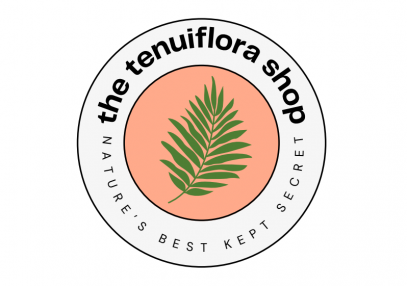
Mimosa Tenuiflora, commonly known as Mimosa Hostilis, has captured the attention of natural artisans, herbalists, and eco-conscious creators around the world. Whether you’re interested in botanical dyeing, natural skincare, or crafting herbal remedies, knowing where and how to buy Mimosa Tenuiflora is key to getting the results you want.
In this guide, we’ll cover everything you need to know about purchasing Mimosa Tenuiflora—from sourcing premium-quality bark to using it creatively and ethically.
Why People Buy Mimosa Tenuiflora

Image source: Wikimedia Commons
Mimosa Tenuiflora has been prized for centuries for its amazing natural properties:
- Natural Dyeing: Rich in tannins, it helps fabrics absorb dyes and achieve earthy, rustic colors.
- Skin Care: Traditional medicine uses it to soothe burns, scars, and irritated skin.
- Botanical Crafting: Some artisans use it to create soaps, creams, and other plant-based products.
Because of its versatility, the demand to buy Mimosa Tenuiflora has soared in recent years. But not all sources are equal.
What to Look for When You Buy Mimosa Tenuiflora
When sourcing this incredible botanical, quality and ethics should be at the top of your checklist.
1. Ethical and Sustainable Harvesting
Mimosa trees are native to Mexico and Brazil. Ethical suppliers ensure they do not overharvest and that local ecosystems remain intact.
2. Proper Processing
Look for finely shredded or powdered root bark. Avoid overly coarse, moldy, or improperly dried material.
3. Lab Testing
Reputable vendors often provide lab results confirming purity, free from contaminants.
Pro Tip: Always ask your vendor about their sourcing practices before you buy Mimosa Tenuiflora.
Best Place to Buy Mimosa Tenuiflora
If you’re looking for a trusted source, Tenuiflora Shop offers ethically sourced, lab-tested Mimosa Tenuiflora. Our products are ideal for natural dyeing, botanical crafts, and more.
We prioritize sustainable harvesting, ensuring that you get premium-quality bark that supports both your work and the environment.
How to Use Mimosa Tenuiflora After Purchase
Natural Dyeing

Image source: Wikimedia Commons
- Pre-mordanting: Simmer powdered Mimosa Tenuiflora in water and soak fabrics to prepare them for other plant dyes.
- Standalone dye bath: Achieve warm, earthy brown tones by dyeing fabric directly in a Mimosa solution.
- Layering techniques: Combine with indigo or madder root for richer, more complex shades.
Natural Skincare
Many crafters create healing balms, soaps, and creams infused with Mimosa’s potent skin-calming properties.
- Infuse MHRB powder into oils.
- Add to melt-and-pour soap bases.
- Blend into homemade salves for soothing skin applications.
Common Questions About Buying Mimosa Tenuiflora
Q: Is there a difference between Mimosa Hostilis and Mimosa Tenuiflora?
A: They are two names for the same species. “Hostilis” is the older name; “Tenuiflora” is now considered more scientifically correct.
Q: How should Mimosa Tenuiflora be stored?
A: Keep it in an airtight container away from light and moisture. Properly stored, it can last for years.
Q: Is it legal to buy Mimosa Tenuiflora?
A: In most places, yes—especially for botanical, artistic, and skincare use. Always check your local laws just in case.
External Resource for Deeper Reading
To learn more about the botany and traditional uses of Mimosa Tenuiflora, check out this helpful plant profile from Useful Tropical Plants.
Final Thoughts
Choosing to buy Mimosa Tenuiflora opens up a world of creative and healing possibilities. Whether you’re an artist, a crafter, or someone passionate about natural wellness, MHRB is an essential tool to have in your collection.
When you’re ready to buy, choose a supplier who shares your commitment to quality and sustainability. Shop premium Mimosa Tenuiflora here and discover why artisans around the world trust us for their botanical needs.
